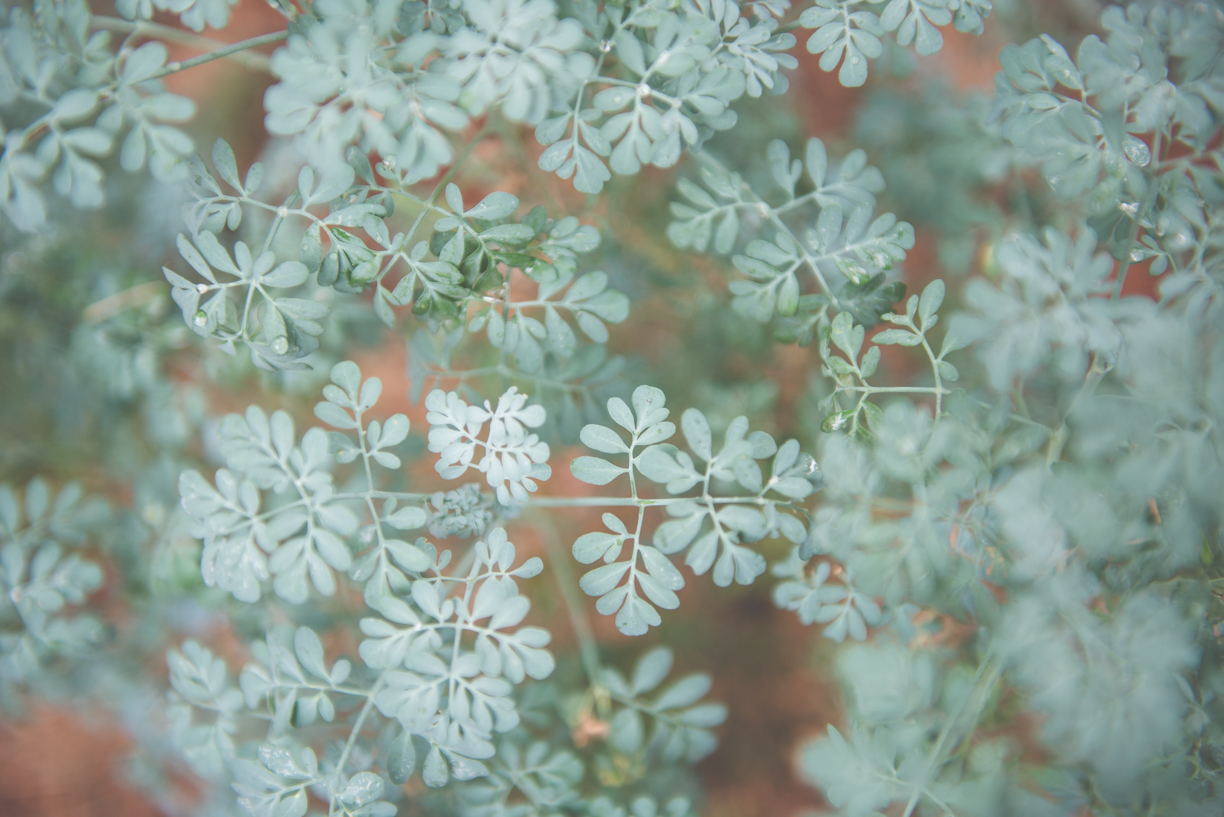
29 Jul Why a Garden?
Back in March of this year, when I concluded that it was time to take my practice to a more nature based form, the question became: “How do I do it while living in a city?”
As far as cities go, Portland has incredible access to green spaces. There are many parks, including Forest Park, the largest park within city limits in the U.S. I thought about possibly meeting clients on one of the many trails in Forest Park, and having hiking/walking therapy sessions up there. The Columbia Gorge to the east offers a wide range of options in the outdoors as well. Despite the abundance of choices for places to access nature, they all lacked one key feature: Shelter!
Although you won’t hear me complaining about the weather in the NW, I had realistic expectations of how attractive my “nature therapy” would be in February when it was dark, cold, and wet. Not to mention, after spending five years as a wilderness guide living entirely in the elements, I knew quite well the added logistics involved when bringing people out on trips. Early in the process, I knew fairly definitively that this was not the route I wanted to take, while also fully accepting that having a roof for those inclement days would be necessary.
Urban vs. Nature is a dynamic that I have been exploring in depth while on this journey. As modern humans, we have distanced ourselves from nature to an alarming degree. At the macro level, our collective impact on the environment is severe, while our urban areas are growing by the day. At the micro, intrapersonal level, many people go extended periods hardly even noticing that nature exists around them. With technology and social media continuing to accelerate at head-spinning rates, the threat to staying connected with the environment in a healthy manner is at an all-time high. So I started to ask questions like: “Where is the common ground between urban and nature? How do urban and nature co-exist? Is there a way to provide a nature experience while in the city?”
My focus shifted and I wanted to offer the opportunity for clients (and myself) to build a relationship with the natural world, while remaining in the parameters of the urban sphere. It is easy to think about the environment when you are plopped in the middle of the forest, but how do you stay connected with it when you are in the urban jungle? And as I continued to wonder where do urban and nature meet, I started thinking a lot about gardens.
Gardens. But of course! With urban farming more popular than ever, and gardens around almost every street corner (we are the Rose City after all), I had yet another “A-HA” moment. What better example of where nature meets urban than in the form of a lush, vibrant, garden? And it was then I decided that I wanted to have my office in a garden.
It also couldn’t hurt that gardens are incredibly therapeutic. Horticultural therapy, the field of engaging clients in the gardening tasks and plant-based activities in order to achieve treatment goals, is something I have been intrigued by for quite some time. As an amateur gardener, I have always been aware of the benefits for me personally and the thought of tending to a garden with clients felt very attractive.
I’ll sign off by sharing a piece that the Chicago Botanic Garden recently posted titled: “Gardens: The World’s Oldest Therapists.” They are setting out with researchers to measure the positive effects of nature on a human’s well-being. Exciting research and exactly the conversation Ground is looking to be a part of. Stay tuned…



Sorry, the comment form is closed at this time.